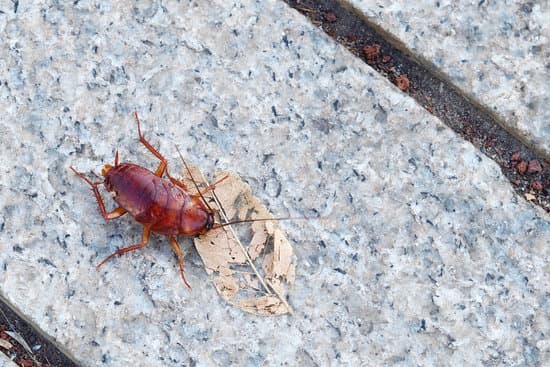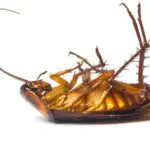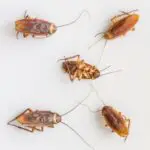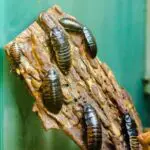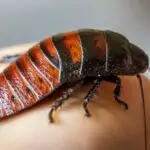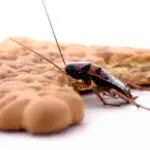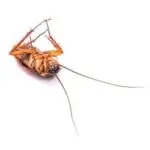Why Cockroach Can Live Without Head
You’ve probably wondered why a cockroach can live without its head. Aside from the obvious reason, headless cockroaches can live for days or even weeks without food. They won’t feed, but they’ll wander aimlessly without antennae or eyes. Even if they find food, a headless cockroach won’t eat it. Luckily, a recent study published in the journal Arthropod Structure and Development explains the physiological mechanism behind headlessness. The cockroach’s body is composed of fats, which are energy-rich substances. The largest fat bodies are located near its reproductive organs, intestines, and gut tubes.
Cockroaches’ hearts don’t pump blood very much when they lose their heads. This is largely due to the fact that cockroaches don’t have a complicated vascular system. Their heart is basically a simple tube with valves. This means that their blood does not pump as much as a human’s heart does, ensuring that a decapitated cockroach will not bleed out.
Although a cockroach can live without its head for a week or so, if it is not given water or food, it will quickly die due to dehydration. Without food or water, they won’t be able to detect and avoid predators. Unless something saves them, they’ll probably die within a month.
Another reason why a cockroach can live without its head is its unique system of breathing. Instead of a head, cockroaches breathe through tiny holes in their bodies called spiracles. These holes are not controlled by the brain, so air reaches their body directly. In arid environments, they can go for a month without eating. Consequently, starving them is a losing battle.
